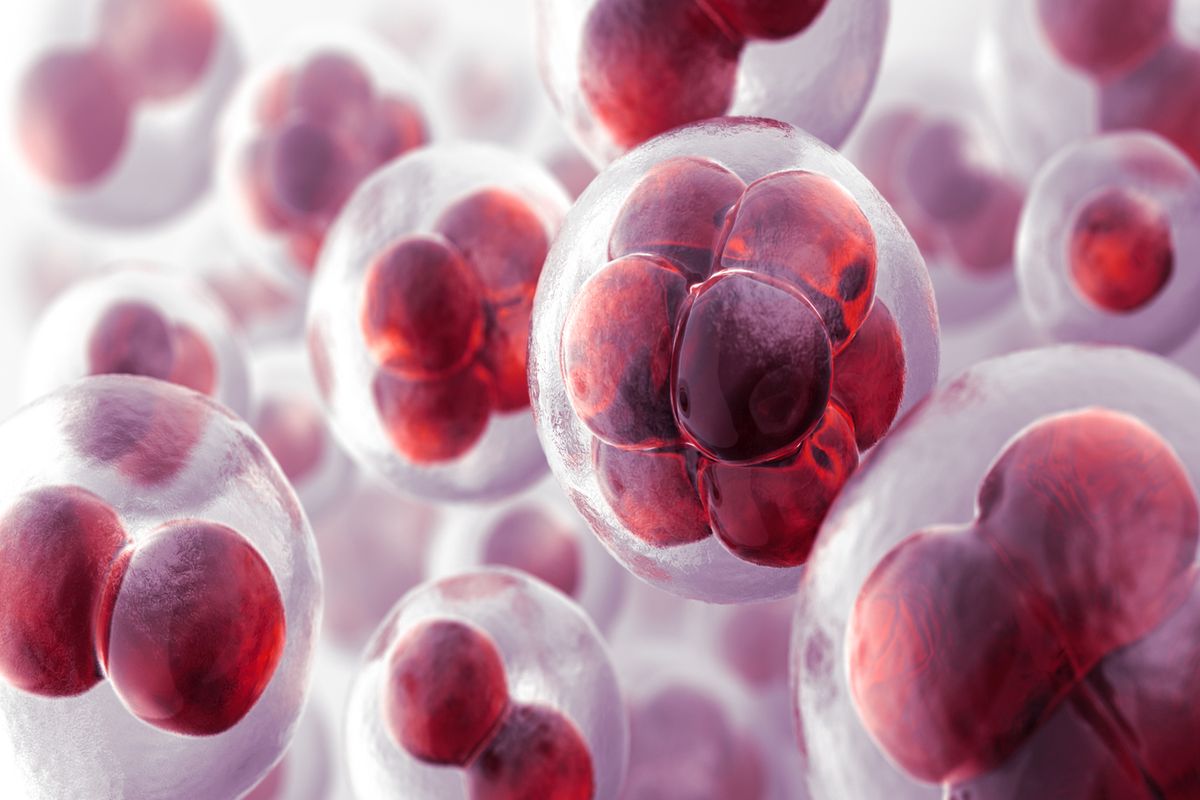It is often thought that cells exist in isolation, as if they “end” at the plasma membrane. However, many kinds of cells — including most of those in your own body —spend all their lives linked to neighbouring cells. In addition, almost all cells have some sort of structure that is external to the plasma membrane but is nonetheless an integral part of the cell, both structurally and functionally. These extracellular structures consist mainly of macromolecules that are secreted by the cell. The chemical nature of the macromolecules differs among organisms, but the extracellular structures of most eukaryotes have a common theme — they contain long, flexible fibres embedded in an amorphous, hydrated matrix of branched molecules that are usually glycoproteins or polysaccharides.
Animal cells have an extracellular matrix that takes on a variety of forms and plays important roles in cellular processes as diverse as division, motility, differentiation, and adhesion. In plants, fungi, algae and prokaryotes, the extracellular structure is called a cell wall — although its chemical composition differs considerably among those organisms. Cell walls confer rigidity on the cells they encase, serve as permeability barriers, and protect cells from physical damage and from attack by viruses and infectious organisms. First, let’s look at the adhesion of cells to each other and to the extracellular matrix, and the several kinds of junctions that link cells together into multi-cellular tissues. Then we will turn to the walls that surround plant cells and the specialised structures that allow direct cell-to-cell communication despite the presence of a wall between neighbouring cells. In each case, we will focus on the molecules involved and the contributions they make to the structural and functional properties of cells.
Advertisement
Both plant and animal cells have extracellular structures. In the case of animal cells, the extracellular matrix consists of collagen (and, in some tissues, elastin) fibres embedded in a network of glycosaminoglycans and proteoglycans. Collagen is responsible for the strength of the ECM and elastin imparts elasticity. The ECM is held in place by adhesive glycoproteins such as fibronectins, which link cells to the ECM, and laminins, which attach cells to the basal lamina. These adhesive glycoproteins bind to cell-surface receptor glycoproteins called integrins. Cell-cell recognition and adhesion is mediated by plasma membrane glycoproteins such as IgSF proteins and cadherins. The carbohydrate groups on cell surfaces are also important in cell-cell recognition and adhesion; an example is the role of selectins in recognising carbohydrates during inflammatory responses.
Most of the cells in multi-cellular organisms are in close and ongoing association with neighbouring cells. The junctions that link animal cells together are of three general types. Adhesive junctions hold cells together in fixed positions within tissues or bind cells to the ECM. On the cytoplasmic side of the membrane, adhesive junctions are anchored to the cytoskeleton by linker proteins that attach to actin microfilaments (adherens junctions) or intermediate filaments (desmosomes and hemidesmosomes). Desmosomes are particularly prominent in tissues that must withstand considerable mechanical stress.
Tight junctions form a permeability barrier between epithelial cells, thereby restricting the movement of solutes across a tissue. Tight junctions also prevent the lateral movement of membrane proteins, thereby partitioning the membrane into discrete functional domains. Gap junctions form open channels between cells, allowing direct chemical and electrical communication between them. Gap junction permeability is limited to ions and small molecules and depends on calcium and proton concentrations.
(The writer is associate professor and head, department of botany, Ananda Mohan College, Kolkata)











